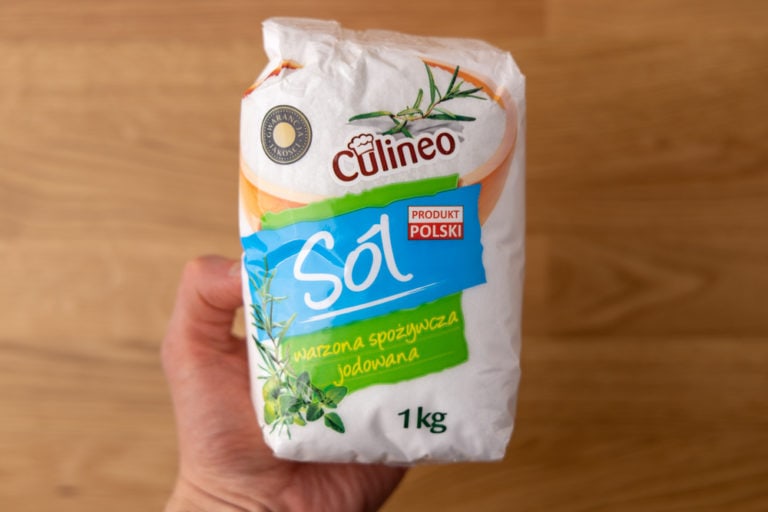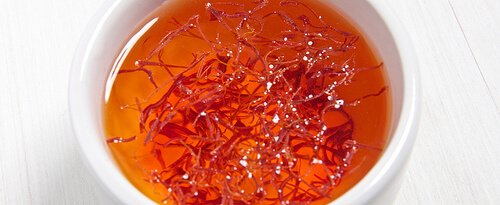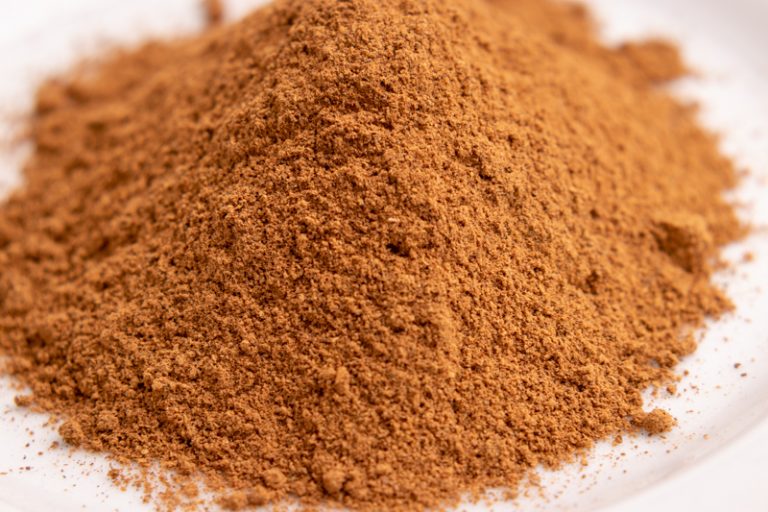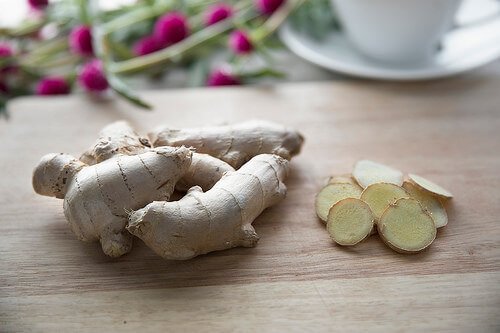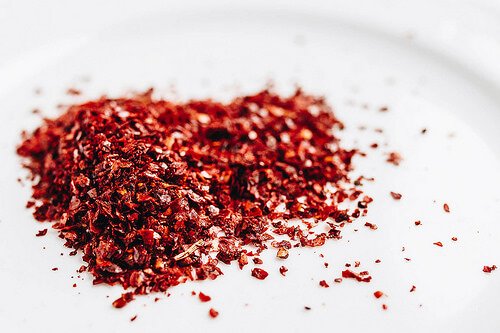Do Bay Leaves Go Bad?
Bay leaves are a kitchen staple that gives stews, soups, stock, and sauces a rich, woody aroma and flavor. But each jar contains a dozen or more leaves, so they last a long time. And sooner or later, you ask yourself: do bay leaves go bad?
Or you noticed that lately, your soups don’t have that rich flavor and aroma they used to have. You guess that the change of taste is no accident, but the ingredients and recipes you use stay the same. That must mean it’s probably the spices.
As it turns out, the bay leaves in the spice drawer are sitting there for over a year already. So you start to wonder how long do bay leaves last.
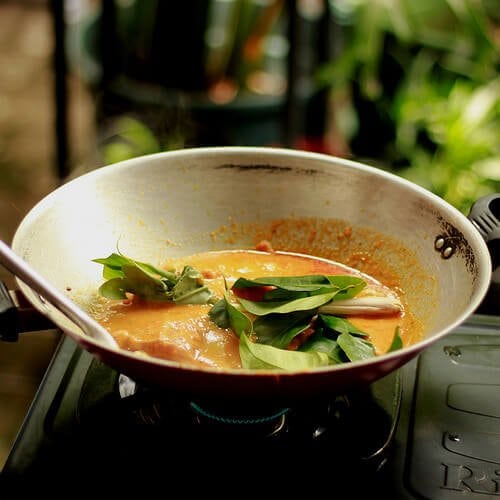
If any of these sound familiar, this article is for you. In it, we go through storage (hint: it’s not necessarily the spice drawer), shelf life, and going bad of bay leaves. If you’d like to learn a bit more about this spice, read along.
How to Store Bay Leaves
Like other dried products, such as chili powder or cinnamon, dried bay leaves tend to draw moisture from their surroundings. That means they should sit in a dry area and closed tightly. Fortunately, bay leaves often come in small sealable glass jars that keep the moisture away.
If your bay leaves come in a paper packaging, consider transferring them to a small freezer bag or jar after opening.
Similarly to other herbs, exposure to light and heat is also no good to the leaves, as those may weaken the aroma. That means the leaves should stay in a cool and dark place.
We still haven’t talked about where precisely that jar or bag of bay leaves should sit. Common sense would suggest putting it in the spice drawer. And that’s definitely an option. You should know, however, that bay leaves lose their flavor and potency quite quickly at room temperature. After only a few weeks of opening the package, you might notice that some of the
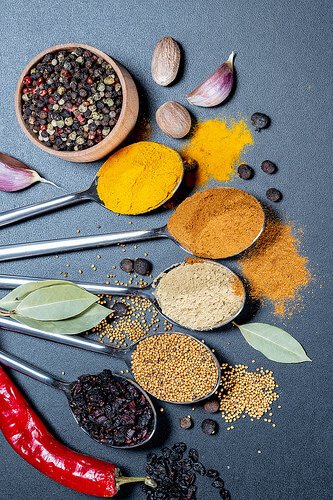
But there’s a better way of storing bay leaves: the freezer. According to this Cook’s Illustrated article, bay leaves lose their potency much slower when frozen. So if you would like to retain the flavor of bay leaves for longer, put them in a freezer bag, seal it tightly, and toss into the freezer.
There’s no need to defrost the leaves before cooking, add them directly into the cooked dish.
All in all, if freezer space doesn’t come at a premium at your household, freeze the bay leaves. Otherwise, keep them in the spice drawer and remember to seal tightly.
How Long Do Bay Leaves Last
If you store bay leaves in your spice drawer, for optimal flavor use the leaves within about 2 to 3 months. When you store them for longer, make sure to add more leaves to get the same effects.
If you opt for freezing the leaves, the flavor should be at peak quality for over a year. When you notice that they aren’t as fragrant as they used to, add more leaves to account for taste loss.
| Pantry | Freezer | |
|---|---|---|
| Bay leaves | 2 – 3 months | 1+ years |
Please note the periods above are estimates and for best quality. Bay leaves won’t go bad for a long time if you store them properly.
How to Tell If Bay Leaves Are Bad
Unless water gets to the package, bay leaves won’t go bad in a way they are unsafe to use. So if you see any signs of mold, that means water got into the package. And that’s when you should discard the leaves.
If you store the leaves at room temperature for too long, they might dry out and crumble into tiny bits. When that happens, they are useless, so obviously you should throw them out.
Last but not least, just to reiterate, bay leaves gradually lose potency. That process is much faster if you store the herbs at room temperature. To check if the leaves are any good, rub one with your fingers, then smell it. If the aroma isn’t apparent, throw them out. If it’s weak, you need to use more bay leaves than usually to get the desired flavor and depth.
Rotten Records: Share Your Snap!
Caught some food past its prime? Upload your photo to “Rotten Records” and help others spot the signs of spoilage. Every image makes our food community safer and more informed!
